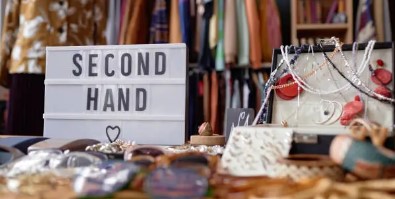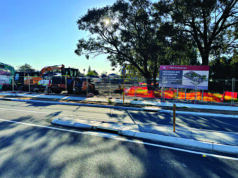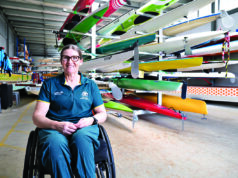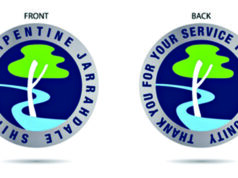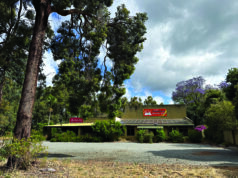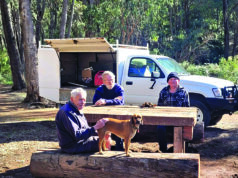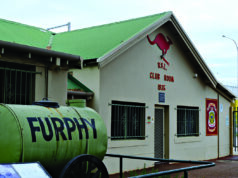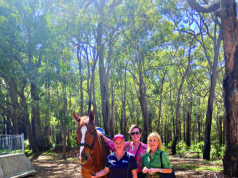Buying second-hand can not only be more cost effective than buying new, it can also be more sustainable and better for the environment.
But is it safe?
When you buy second-hand products online from a business or in a shop, like a thrift store, you can expect the same consumer guarantee rights as when you are buying a brand-new product.
This means you have the legal right to expect the product is of acceptable quality, including that it is safe, durable and free from defects, matches the description and is fit for purpose.
If the item doesn’t meet these consumer guarantees, then you are entitled to a remedy, which could be a repair, refund or replacement.
If you are buying from a private seller who is not running a business, these consumer guarantees don’t generally apply. Think of it like ‘buyer beware’.
When shopping second-hand online, it’s not always obvious if you’re dealing with a private seller or a business. One of the simplest ways to find out is to ask the seller directly if they are operating as a business.
You can also look for clues in the details they provide. For example, a business will often use a registered business name rather than a personal name and they may list their Australian Business Number (ABN).
Frequent listings or customer reviews may also suggest they are regularly selling second-hand products, although this alone might not confirm their business status. Businesses are also more likely to include professional contact details.
When you buy a second-hand item online, it’s good practice to keep the seller’s contact information, listing information and descriptions, and proof of purchase. This may help you get a resolution down the track if product safety or other issues arise.

Do your research before you commit to buying a second-hand item. Check if the product has been recalled or banned, or is non-compliant with mandatory standards via productsafety.gov.au. Find out the age of the product and how long similar products normally last as this may provide an indication of when issues may arise and how much longer you can expect the product to last. Have a close look at the photos for wear and tear or damage. Finally, check if the product comes with the original packaging or instructions. These often contain important safety information for assembling, using and maintaining the product. If they aren’t provided, look for them online.
If you receive your ‘new’ second-hand product and find it is unsafe, damaged, or doesn’t meet your expectations, contact the business to resolve the issue. Check if the online marketplace you used has a buyer protection policy or dispute resolution service if the business won’t resolve the issue.
You may still be able to access a remedy from the manufacturer if you discover the item is subject to a recall later on. The official recall notice will provide these details.
If you’re planning on having a clear out at home and selling some unwanted items online, then there are some things you can do to be a good social citizen. Make sure any claims you make about the safety of the product are accurate and check it hasn’t been recalled or banned since you bought it.
It’s also worth checking the item meets current minimum safety standards. That baby cot might have been great in 1987 but is it still considered safe by today’s standards?
Try and keep a record of who you sold an item to in case there is a safety recall in the future. As the primary purchaser, you may be the one notified of the recall, so you’ll need to act quickly to let the new owner know.
You can report unsafe second-hand products to Consumer Protection on 1300 30 40 54 or email consumer@lgirs.wa.gov.au.


